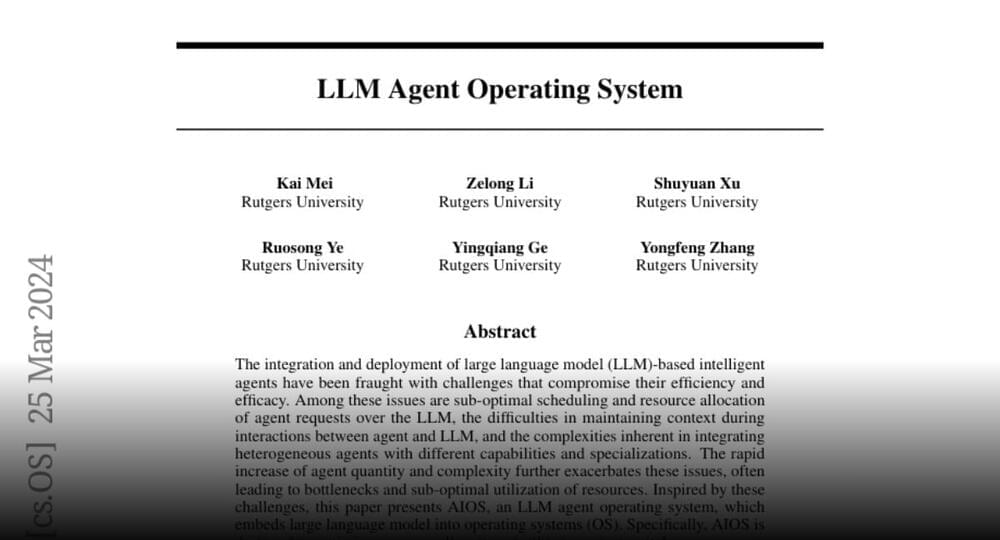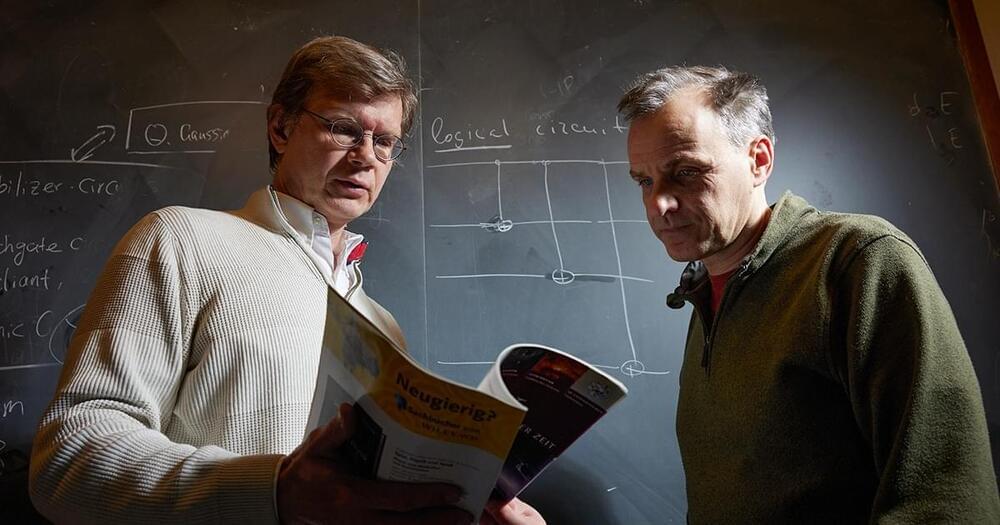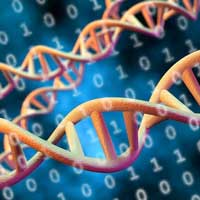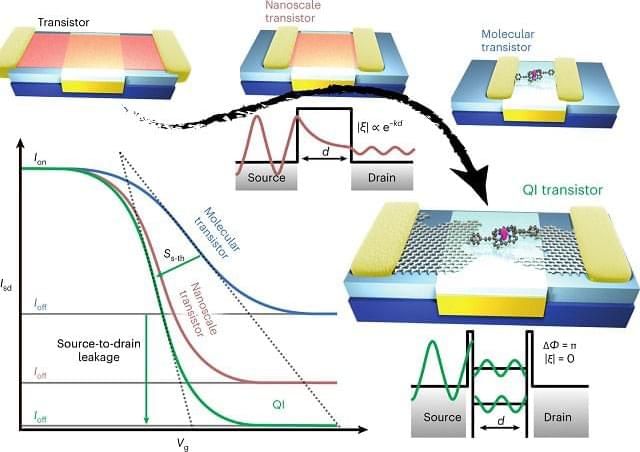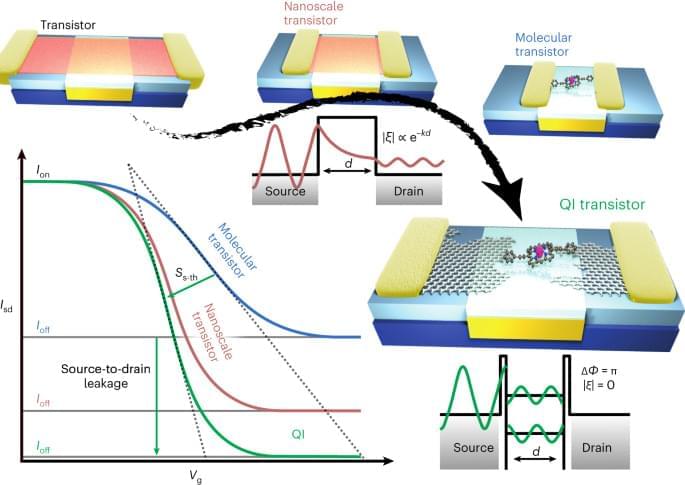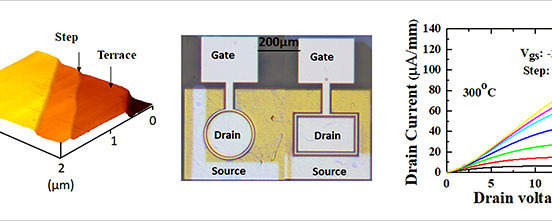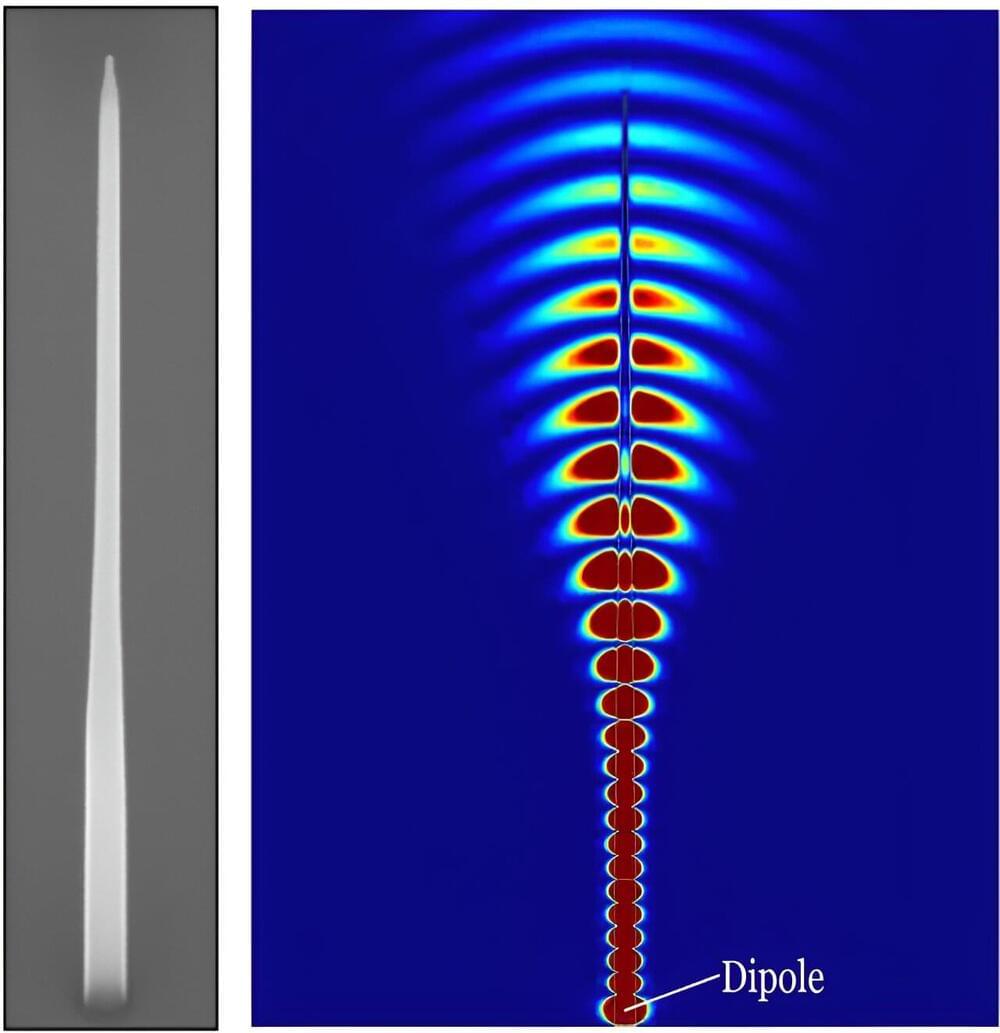The first human recipient of a Neuralink brain implant has shared new details on his recovery and experience of living with the experimental assistive tech, which has allowed him a greater level of freedom and autonomy, including the ability to pull an all-nighter playing Sid Meier’s Civilization 6.
Neuralink co-founder Elon Musk took to X/Twitter in January to reveal that the company had implanted its first brain-computer interface in the head of a human patient, who was “recovering well” following the surgery. The billionaire also hinted at the time that the implant was functioning well and had detected a “promising neuron spike”. In a subsequent February update, Musk commented that the unnamed patient had seemingly made a full recovery, and was even able to use the implant to manipulate a computer cursor with thought alone.
Finally, on March 20, Neuralink posted its own update to X in the form of a nine-minute livestream in which 29-year-old implant recipient Noland Arbaugh used the technology to play a digital version of chess, while discussing how living with the experimental aide had changed his life.

